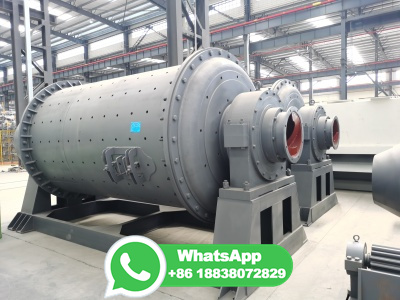Products of Coal: Coke, Coal Tar and Coal Gas
WEBApr 1, 2022 · Coal is processed in the industry to get some useful products such as coke, coal tar, and coal gas. Properties of Coal. It is a blackcolored hard substance. It is composed of carbon, hydrogen, nitrogen, oxygen, a minor amount of sulphur. Anthracite, bituminous, lignite are the major types of coal.

































